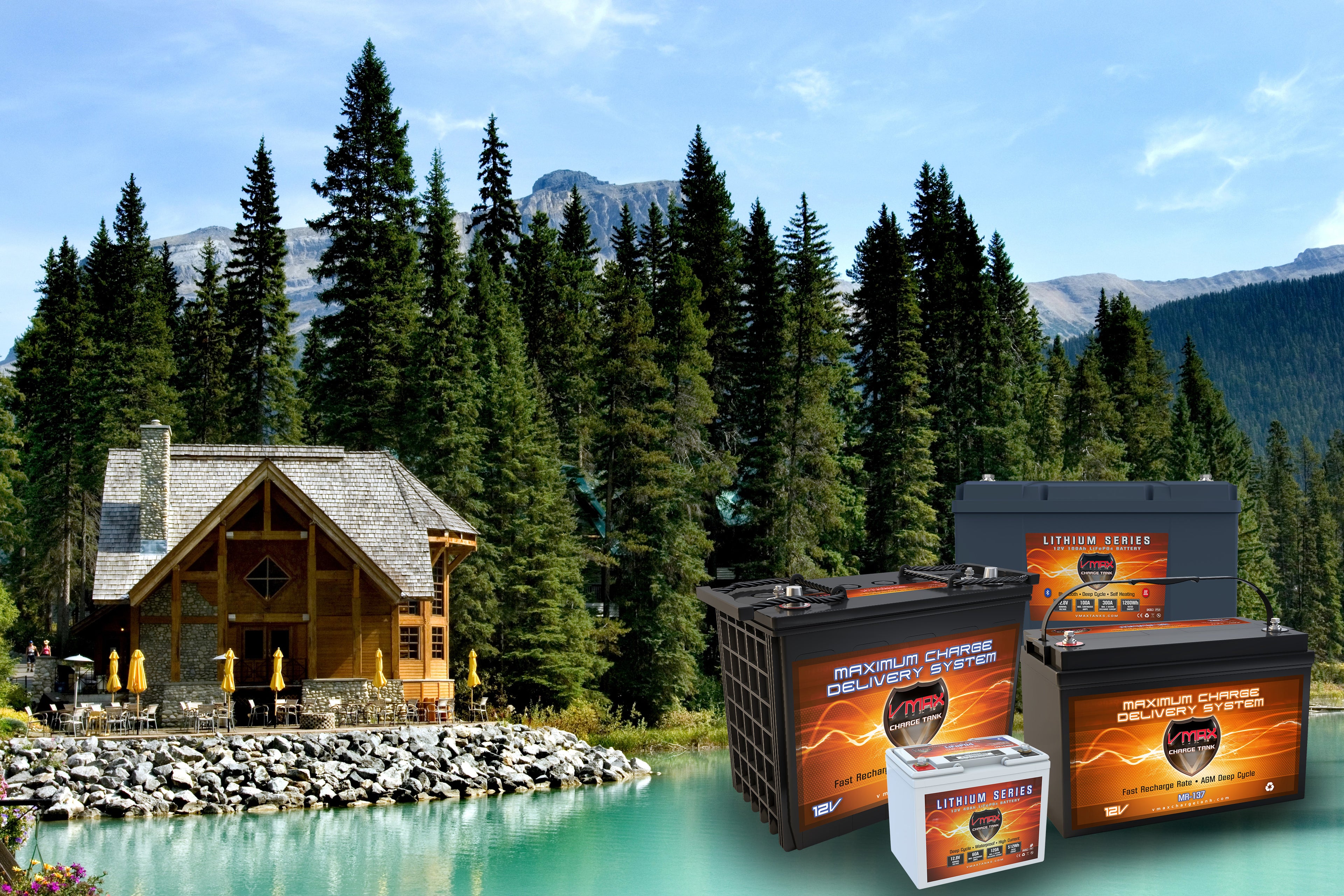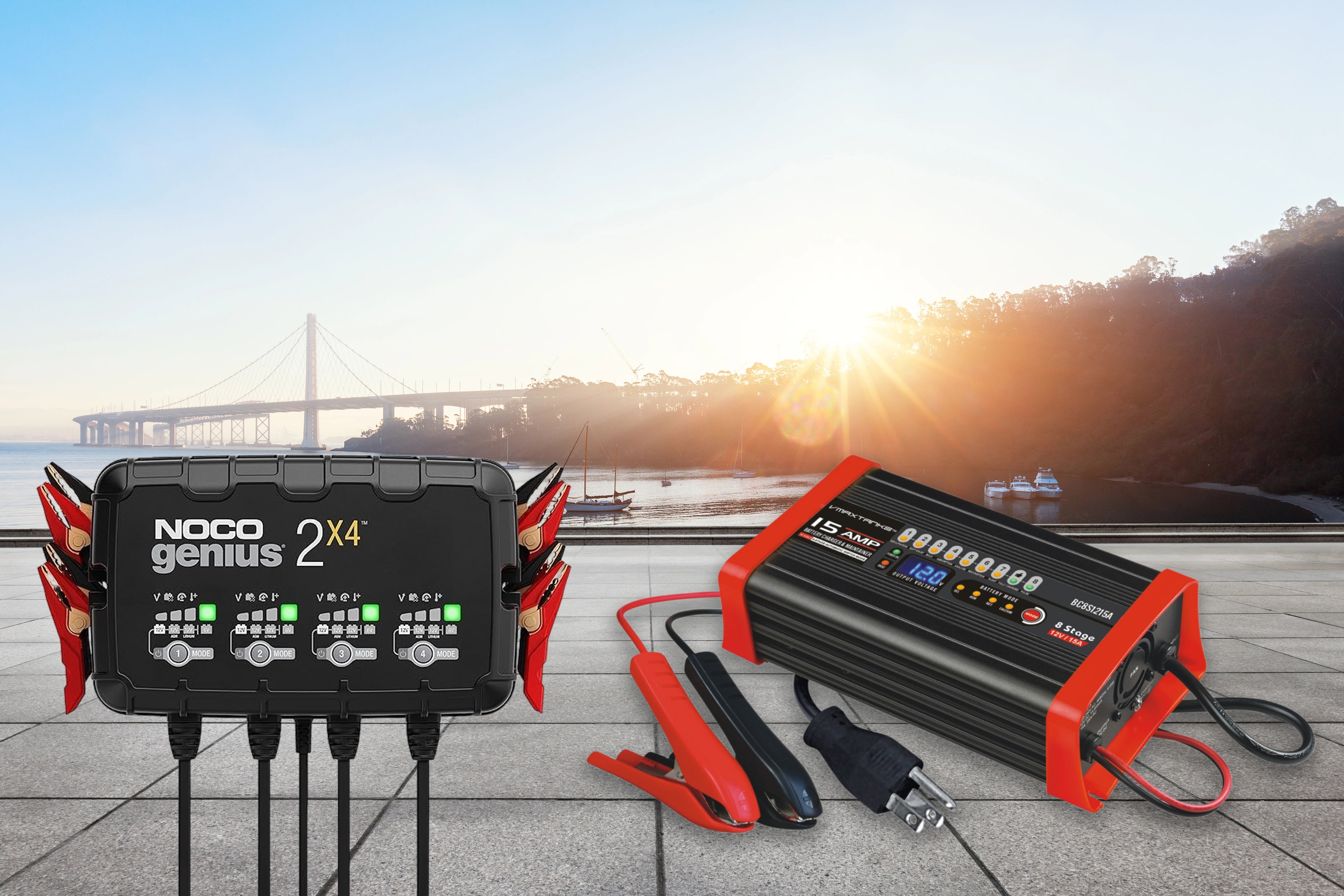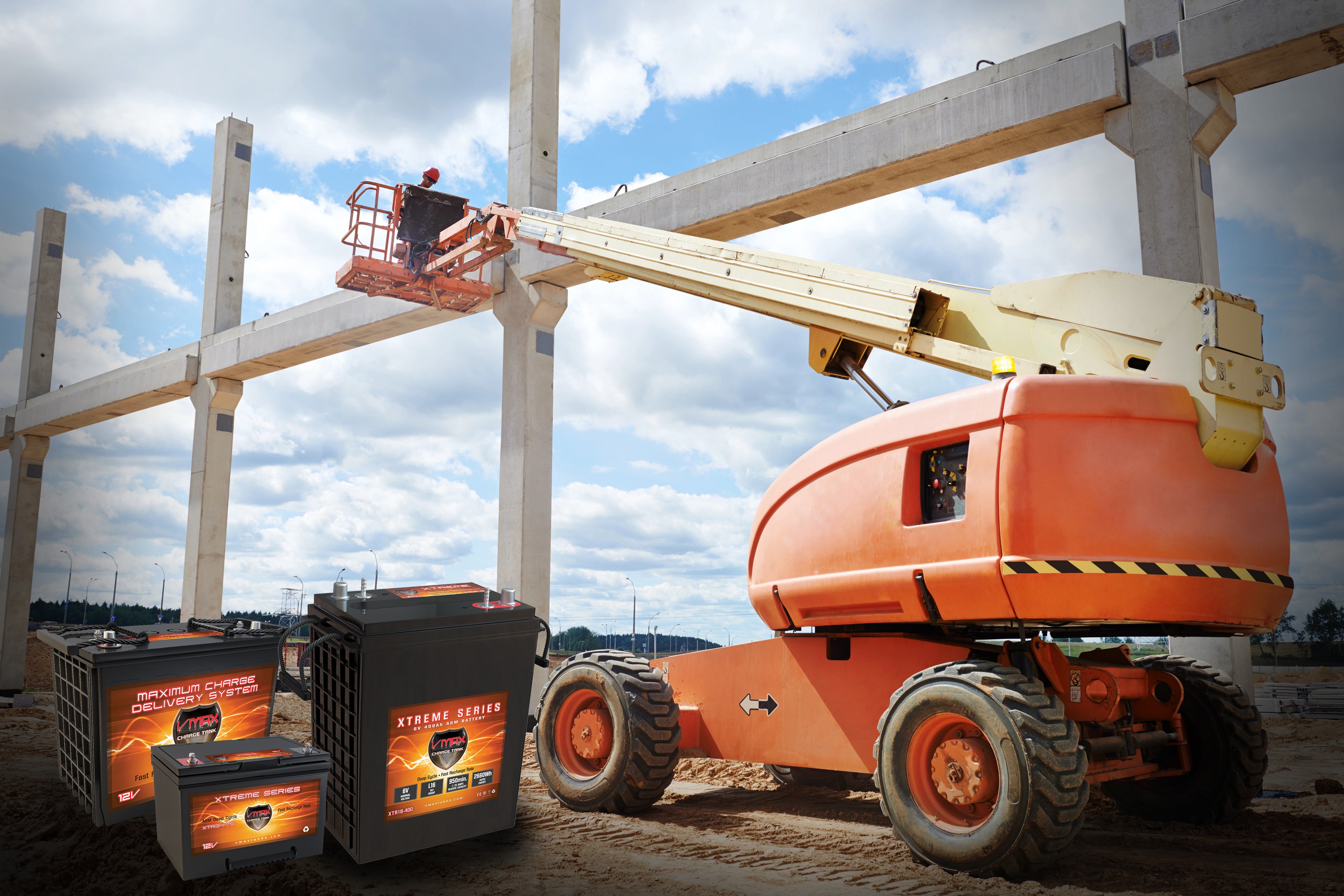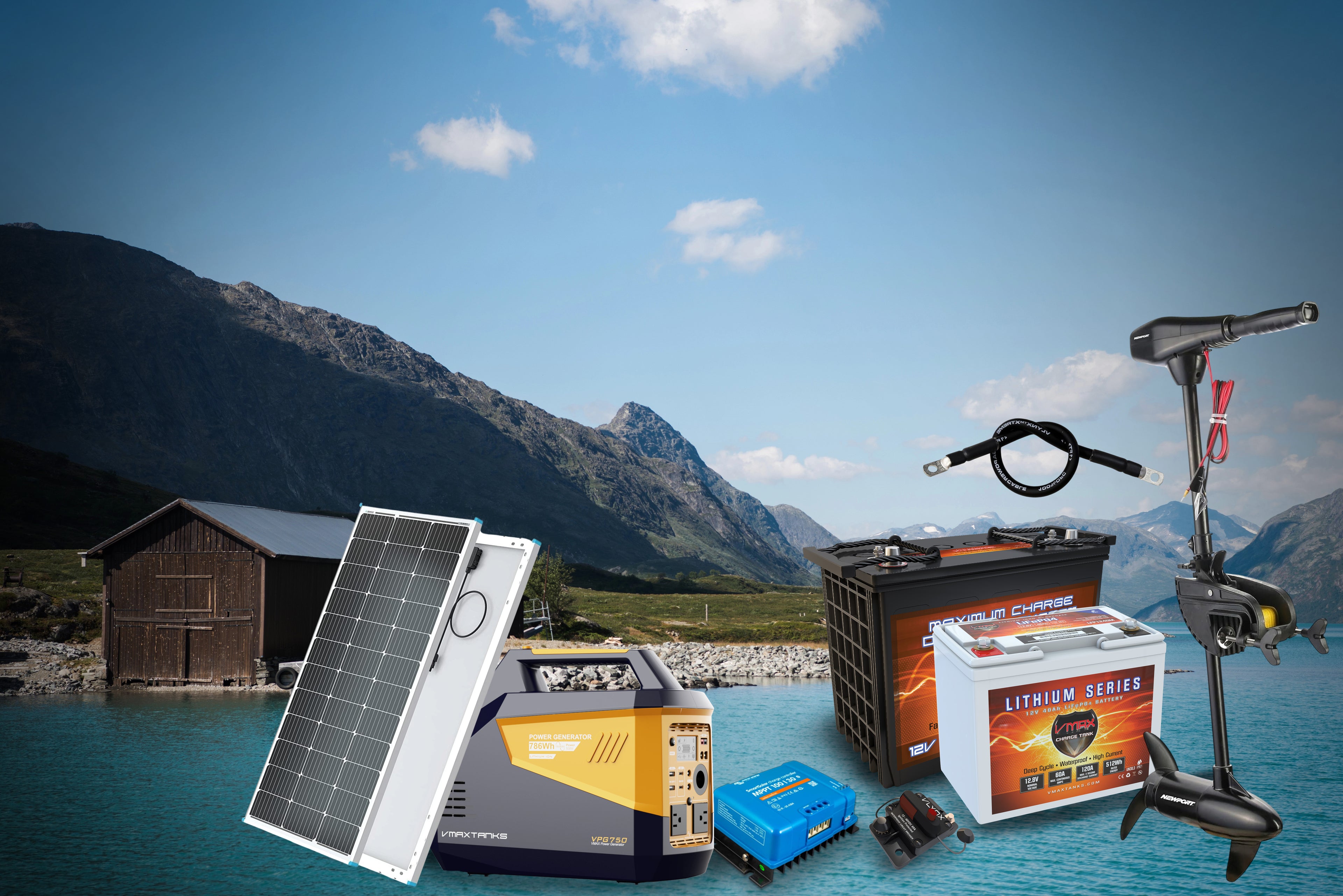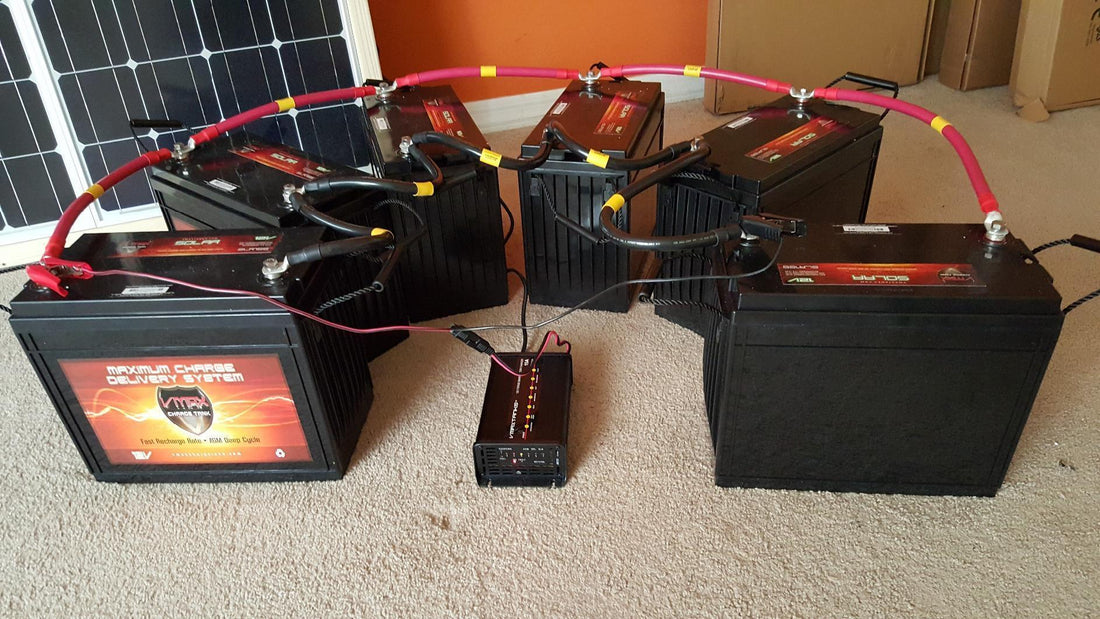
How to Connect Batteries in Series, Parallel, and Series-Parallel
Discover how to connect batteries in series, parallel, and series-parallel for optimal performance in solar, marine, RV, and industrial systems. Learn the best practices for reliability and safety in your power setup.
When setting up a battery bank for off-grid living, solar power storage, or marine applications, connecting your batteries in the right configuration is essential to achieve the desired voltage and capacity for your system. Whether you need to power security towers, industrial machinery, or even a trolling motor on your boat, understanding the different ways to connect batteries will help you get the most out of your setup. In this post, we’ll explore how to connect batteries in series, parallel, and series-parallel configurations.
Understanding Battery Connection Types
Before we dive into how to wire up your batteries, it's important to understand the three primary types of battery connections:
- Series Connection
- Parallel Connection
- Series-Parallel Connection
Each of these connections affects your system's voltage and amperage in different ways, so choosing the correct configuration is crucial for your needs.
1. Series Connection: Increasing Voltage, Keeping Capacity the Same

In a series connection, the voltage of each battery adds up while the amperage (or capacity) remains the same. This is ideal when you need to increase the system voltage to meet the requirements of your charge controller or inverter but don't need to increase the capacity of the battery bank.
How to Connect Batteries in Series
To wire multiple batteries in series:
- Connect the negative terminal of one battery to the positive terminal of the next.
- Continue this pattern for all batteries in the series.
For example, if you're using Vmax 12V 155Ah AGM Batteries for a solar power setup, connecting two or more of these batteries in series will give you a higher voltage while maintaining the same capacity. If you connect two Vmax 12V 155Ah batteries in series, you'll end up with a system voltage of 24V (12V + 12V), but the total capacity will remain 155Ah.
Example:
- Voltage: 12V + 12V = 24V
- Capacity: 155Ah (remains the same as a single battery)
This configuration is often used to run high-voltage equipment like larger inverters or to integrate the battery bank into a solar power system with a higher voltage requirement.
2. Parallel Connection: Increasing Capacity, Keeping Voltage the Same

In a parallel connection, the voltage of all batteries remains the same, but the capacity (amperage) adds up. This configuration is useful when you need to increase the overall storage capacity without changing the system’s voltage. It's common in applications where you're looking to increase the runtime of your system, such as for home backup or off-grid living.
How to Connect Batteries in Parallel
To wire multiple batteries in parallel:
- Connect the positive terminal of one battery to the positive terminal of the next.
- Do the same for the negative terminals of each battery.
For instance, if you want to build a 12V battery bank with higher amp hours using Vmax 12V 200Ah Lithium Batteries, you can connect four in parallel to get a higher total capacity while maintaining a system voltage of 12V.
Example:
- Voltage: 12.8V (remains the same as a single battery)
- Capacity: 200Ah + 200Ah + 200Ah + 200Ah = 800Ah
In this setup, you would get 800Ah of total capacity at 12.8V, which allows you to power larger loads for longer periods.
3. Series-Parallel Connection: Increasing Both Voltage and Capacity
In some cases, you need both higher voltage and more capacity. This is where a series-parallel connection comes into play. A series-parallel system combines series and parallel connections to achieve the desired voltage and capacity.
3. How to Connect Batteries in Series-Parallel
To wire a system in series-parallel:
- Group batteries in series to get the desired voltage.
- Then, connect multiple series-connected groups in parallel to add capacity.
For example, you can combine eight of the Vmax 6V AGM Batteries. First, connect two batteries in series to create a higher voltage, then connect these series pairs in parallel to increase the capacity.
Example:
- Voltage: Two sets of [6V x 4 = 24V]
- Capacity: 225Ah + 225Ah = 450Ah
This type of setup is proper when you need a higher voltage system while also increasing capacity to handle bigger loads or longer runtimes.
Important Precautions and Tips
When setting up your battery system, safety and proper maintenance are key to ensuring long-term performance and reliability. Here are some important rules to follow:
- Safety First: Always be mindful of the polarity when connecting batteries. Reversing the polarity can cause irreversible damage to the batteries and connected devices. Additionally, never allow the battery terminals to short-circuit.
- Balance Your Batteries: Before making any connections, ensure all batteries in the system are balanced. This helps reduce voltage differences between batteries and improves overall system performance. This is particularly important for maximizing battery lifespan.
- Use Identical Batteries: Always try to use batteries of the same brand, voltage, capacity, and chemistry. Connecting batteries with mismatched characteristics can lead to imbalances and premature failure.
- Check Connections Regularly: Ensure all cable connections are tight but not over-tightened to avoid damaging the terminals. Loose connections can result in overheating and battery failure, while overtightened connections can cause terminal breakage.
Conclusion
Whether you're powering industrial lifts, remote off-grid cabins, setting up a solar battery bank, or optimizing your boat's battery system, knowing how to connect your batteries properly is crucial for efficiency and longevity. By choosing the right configuration—series, parallel, or series-parallel—and following proper installation and maintenance guidelines, you’ll ensure your system runs smoothly and meets your power needs for years.
By using Vmax batteries, such as their AGM and LiFePO4 options, you can easily tailor your setup for a variety of applications, from solar energy storage to marine and industrial use. Always follow safety protocols and keep your batteries balanced for the best performance!
Next post

Why Polymat is the Best Choice for Speaker Box Carpet
Updated on 04 January 2025

